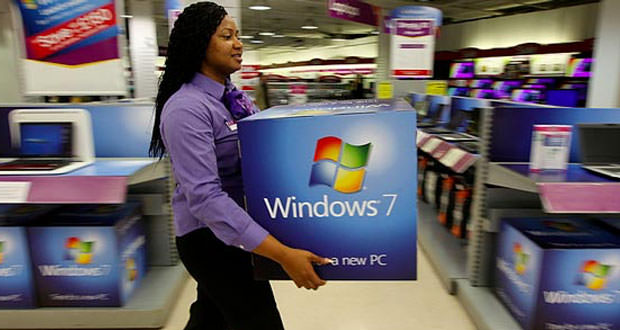Windows 7, end of support: What to do and how to switch to Windows 10 for free
Microsoft ends support for Windows 7 for all consumer users today. Upgrading to Windows 10 becomes practically an obligation: here’s how to do it for free.
On January 14, 2020, it is the date of the end of Windows 7 support. It was one of the most long-lived and appreciated Microsoft operating systems, still stable and extremely reliable, but this is set to change. With the end of extended support Windows 7 will soon become an unstable and insecure platform, subject to all the vulnerabilities that will be discovered – and possibly exploited – in the future.
So what to do? Those who want to continue using Windows 7 can receive future security updates only for a fee, a solution designed for companies and organizations of various kinds who cannot switch to a more recent version of the operating system due to compatibility issues with the software fleet used.
For consumer users, the advice is one and only one: upgrading to Windows 10. A license can be expensive, but there is a way to get it for free.
How to upgrade to Windows 10 for free
The method to update to Windows 10 for free, starting from a regular licensed installation of Windows 7 or Windows 8.1, is the same since the launch of the operating system.
To encourage the adoption of Windows 10, Microsoft offered it free of charge to all users of Windows 7 and 8.1 for a limited period, which – on paper – should have ended in 2016. However, the promotion has always worked over the years. Years and – according to CNET – is still functional in 2020 for Windows 7 and 8.1 users.
Here are the basic steps to upgrade to Windows 10 for free starting from a licensed and activated installation of Windows 7, Windows 8, Windows 8.1 in Home, or Pro variants. Here is the procedure:
- Visit the Download Windows 10
- Press on Download the tool now, under the heading Do you want to install Windows 10 on your PC?
- Run the software as soon as it is downloaded to your PC and click on Update now. If you want to create a media for installing the operating system on another system, you can select Create installation media (USB flash drive, DVD, or ISO file) for another PC.
- Follow the instructions that appear on the screen to complete the installation.
To verify that everything went as planned, after installation, go to the Operating system settings, then to Update and security, and finally check the Activation item for the activation of the license.
As CNET points out, it is possible that on some machines the activation of the new version does not go through, while the system is valid only on the Home and Pro versions, and not on the Enterprise. The procedure is not intended for the final consumer, nor this purpose, according to the source, it seems to work in many cases.
What happens if I don’t upgrade to Windows 10?
As we have written several times, the end of Windows 7 support results in the failure to release the next security updates. This means that if a vulnerability is discovered and exploited, the system will remain open and insecure forever, with little hope of being considered by the parent company.
Not only that, Windows 7 is no longer a reference platform for developers, and many applications may not work optimally on the old operating system, or stop working, without the hope of obtaining official solutions.
Precisely for this reason, updating is almost an obligation, and not just a piece of advice. We have deepened the story for companies at this address.

